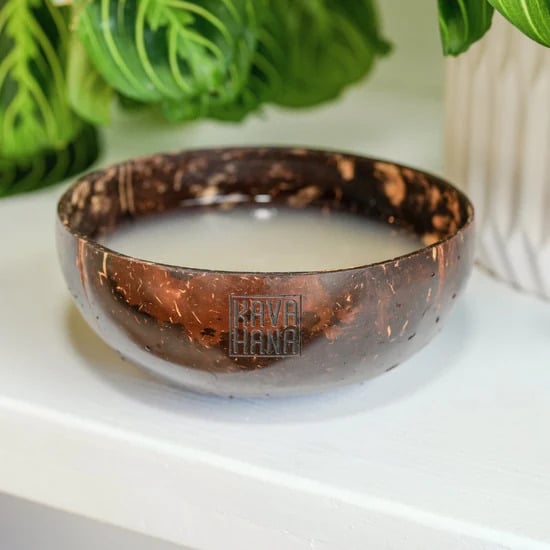Kava has a long tradition of being used for its calming and relaxing effects. But did you know it has some therapeutic benefits? It’s been used as a nutritional supplement for generations, and science has shown that kava’s health benefits range from relaxation to potentially helping fight cancer.
Recent research has started looking into different health conditions. Here, we highlight four that have gotten the most notice and where research looks to go.
Health benefit #1: Anxiety
The best known of kava’s health benefits is probably best known for its anti-anxiety properties. This comes from how kavalactones, the active ingredients in kava, act in the brain. Several kavalactones exist, but only six are known to be part of kava’s effects. Recently, researchers further isolated the specific kavalactone called “Kavain” that is responsible for helping with anxiety.
Kavain acts on certain receptors in the brain. These receptors, called GABA receptors, are responsible for kava’s calm and relaxation health benefits. It turns out that these are the same receptors that benzodiazepines, barbiturates, and anesthetics trigger for treating anxiety. This is promising for both the effectiveness of kava and the potential for it to be considered a therapeutic treatment.
Health benefit #2: Reducing Pain
While one of the hallmarks of kava is the numb feeling you get in your tongue and mouth, there is not much research on the pain-relieving qualities of kava. Even though this is one of kava’s better-known health benefits, little is known about how it works. Traditionally, it’s been given to teething babies to help soothe their gum pain. It has been used throughout the Pacific islands to treat severe bites and stings from bugs and poisonous fish, treat chronic pains like back pain, and help with muscle relaxation. It’s even been used as a local anesthetic and sleep aid.
Limited research evidence suggests one of kava’s health benefits is antinociceptive (pain-blocking) properties when given to mice with kava extract. Two types of pain tests were done, and in both cases, the pain was reduced in the kava groups. The researchers suggest specific kavalactones might have more effective pain effects than others. They also found that kava works on different pain pathways than opiates, meaning that kava could be a good pain treatment replacement for opiates.
Health benefit #3: Protecting your brain
Kavalactones have also demonstrated neuroprotective qualities. That is, they have components that can protect your brain. Knowing kava’s health benefits related to brain aging makes it a promising way to help protect your brain. It works by kavalactones acting on specific inflammatory pathways. While inflammation is a natural process, chronic inflammation is not and is connected to several neurodegenerative conditions. Kavalactones also work by decreasing the level of oxidative stress caused by too many damage-causing molecules in the body.
There are even suggestions that specific kavalactones have neuroprotective effects based on the pathways they act on. One study discussed that methysticin may activate an antioxidant cascade that led to improvements in symptoms in a mouse model of Alzheimer’s disease.
Health benefit #4: Reducing the risk of cancer
Recently, there has been interest in looking into kava’s impact in fighting cancer. In the South Pacific, where kava originates, there are very few cancer cases, and this has been possibly linked to the amount of kava they drink.
Kavalactones appear to be the component of kava with the most anticancer activity. They show different pathways of action, including triggering apoptosis, or programmed cell death, of cancer cells and slowing down cancer cell growth. They may also be able to disrupt the growth and division of cancer cells and interrupt molecules that impact cell movement and growth of cancer cells, reducing their spread.
While this is all very promising, there is still research that needs to be done to better understand kava’s health benefits and how it works in various health conditions. However, the interest and historical evidence are very exciting, and they could help get kava more recognition as a potential therapeutic treatment.
* Please note that the majority of kava research pertains to kava extracts, which often undergo significant processing and may contain additional ingredients and fillers that can influence their efficacy. It is crucial to consider this distinction when reading about kava studies. To draw an analogy, enjoying natural kava as a beverage can be likened to experiencing a freshly brewed cappuccino, whereas kava extracts are akin in functionality to a caffeine pill. Both forms have their unique benefits and can cater to different preferences and needs. While it’s helpful to understand research on kava extracts, please view it critically and remember that natural kava offers a uniquely holistic experience.
Tags: kava benefits, benefits of kava, is kava good for you, kava kava health benefits, benefits kava, kava nectar benefits, kava health, what are the benefits of kava, health benefits of kava kava, kava benefits for women


